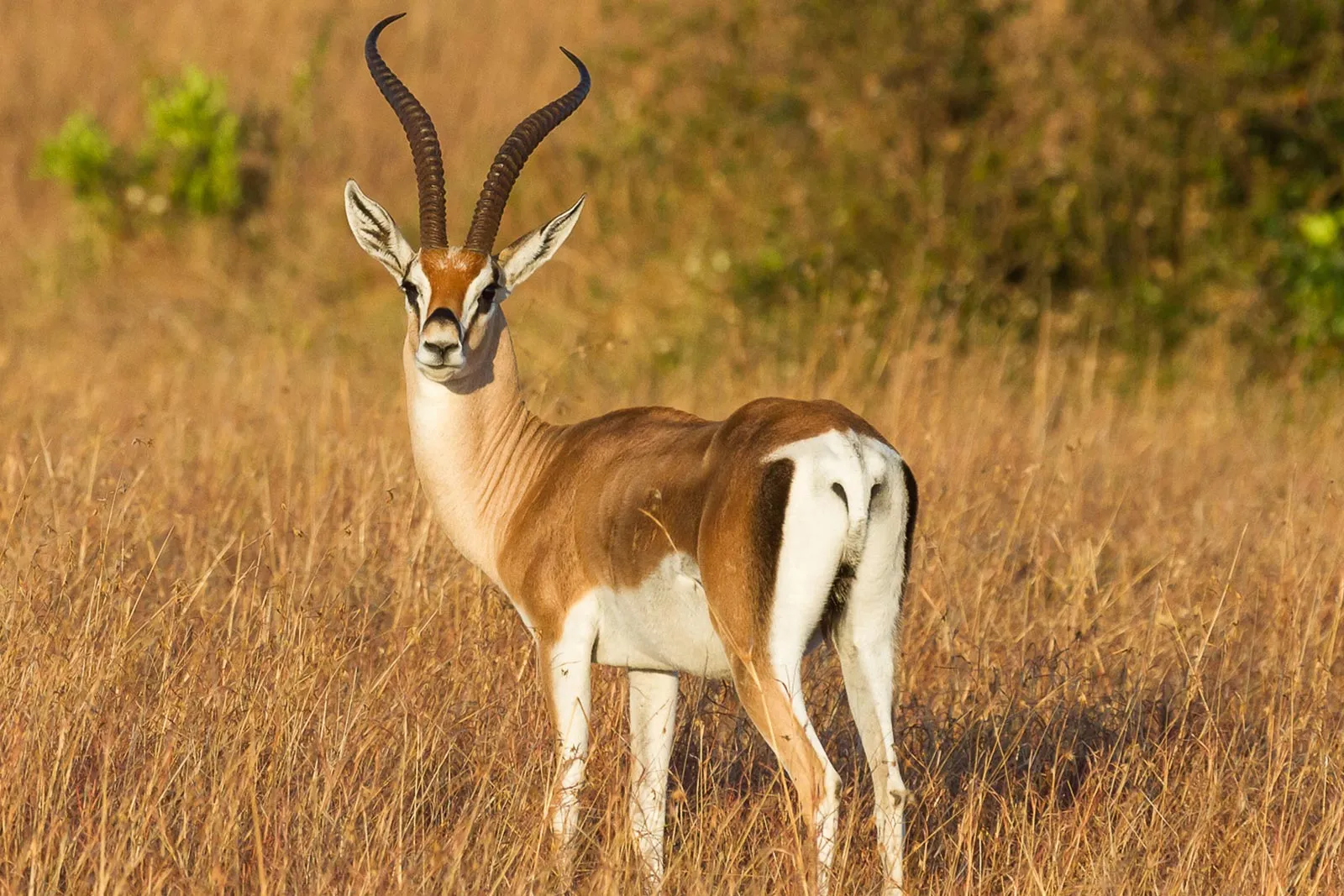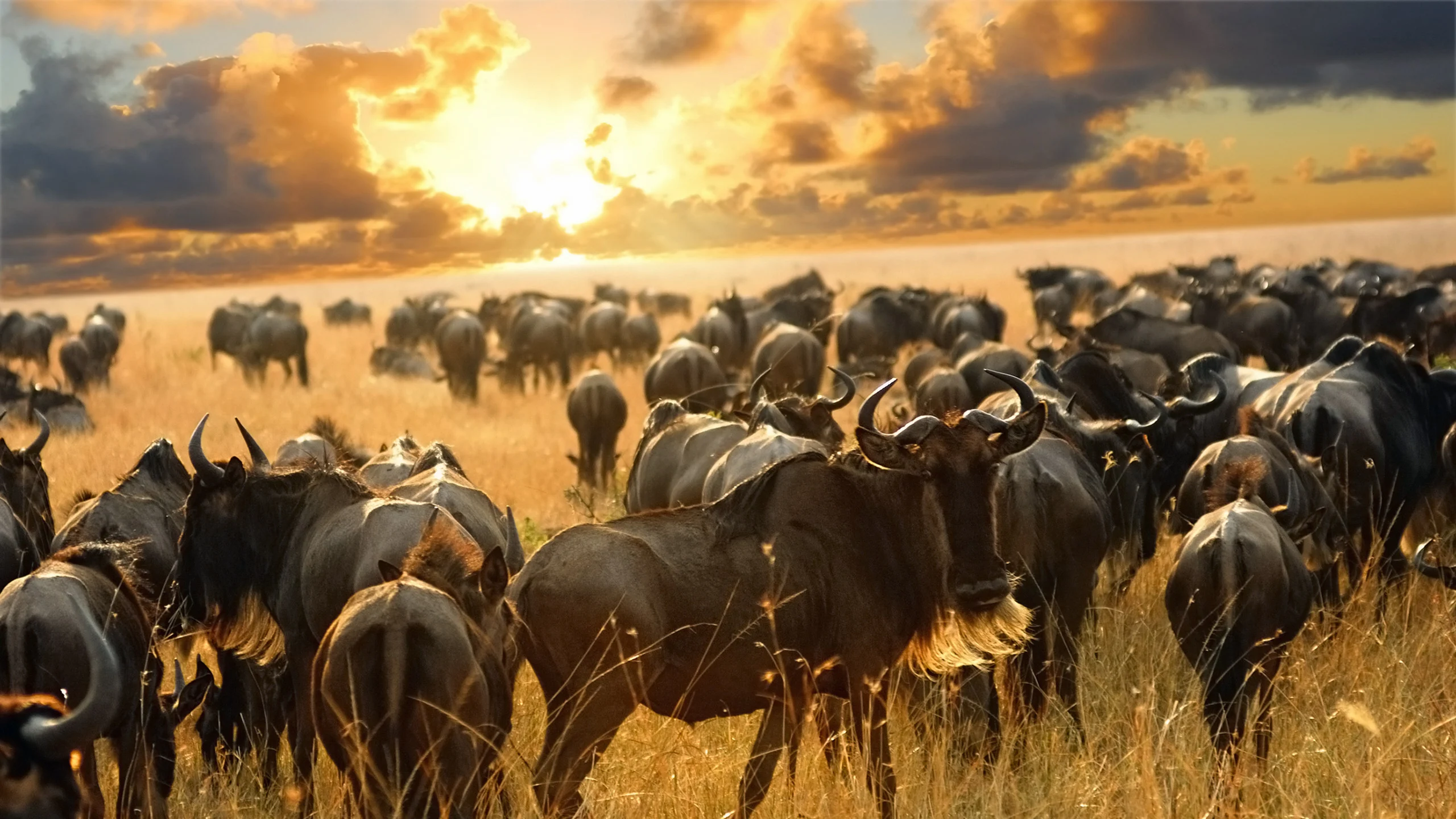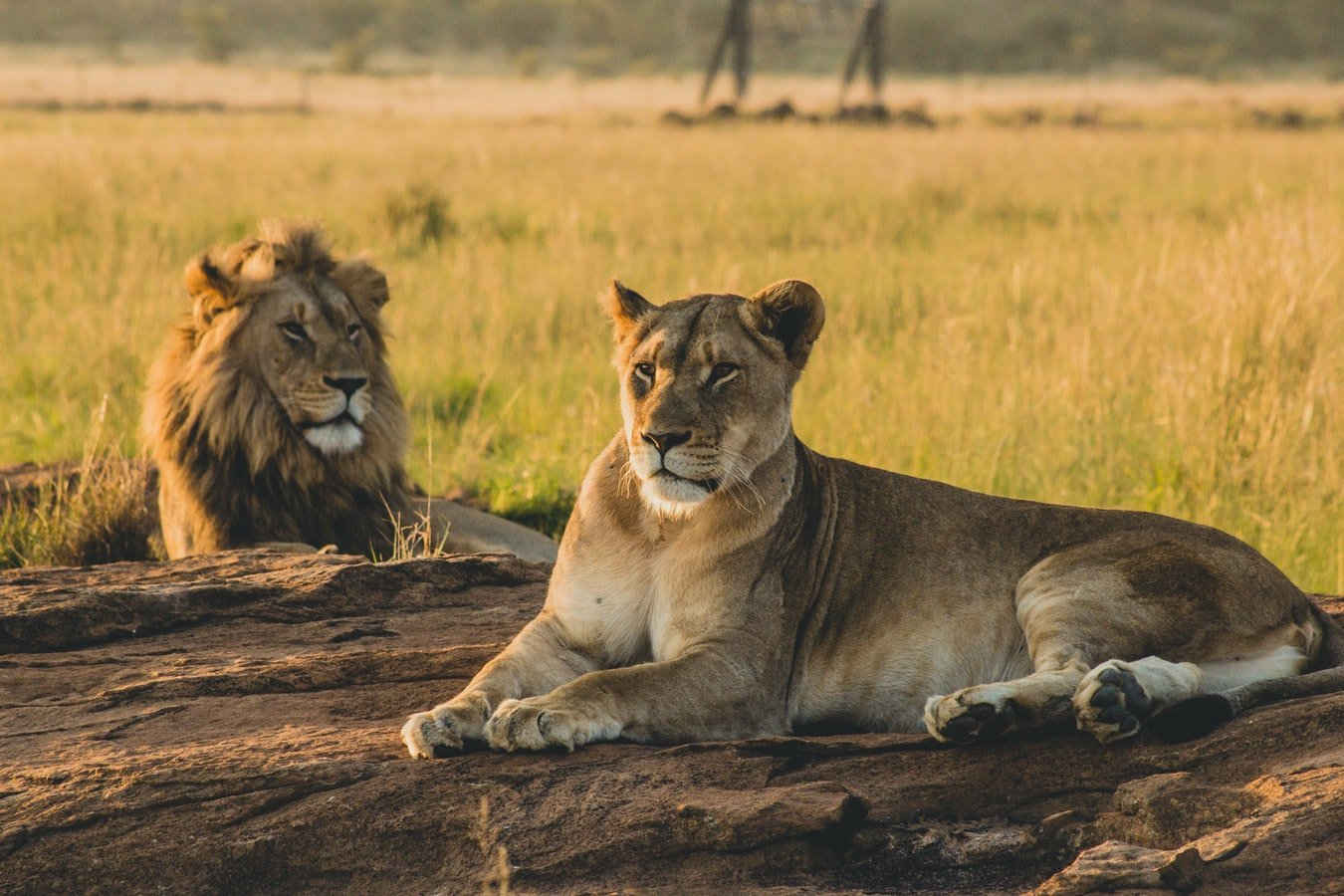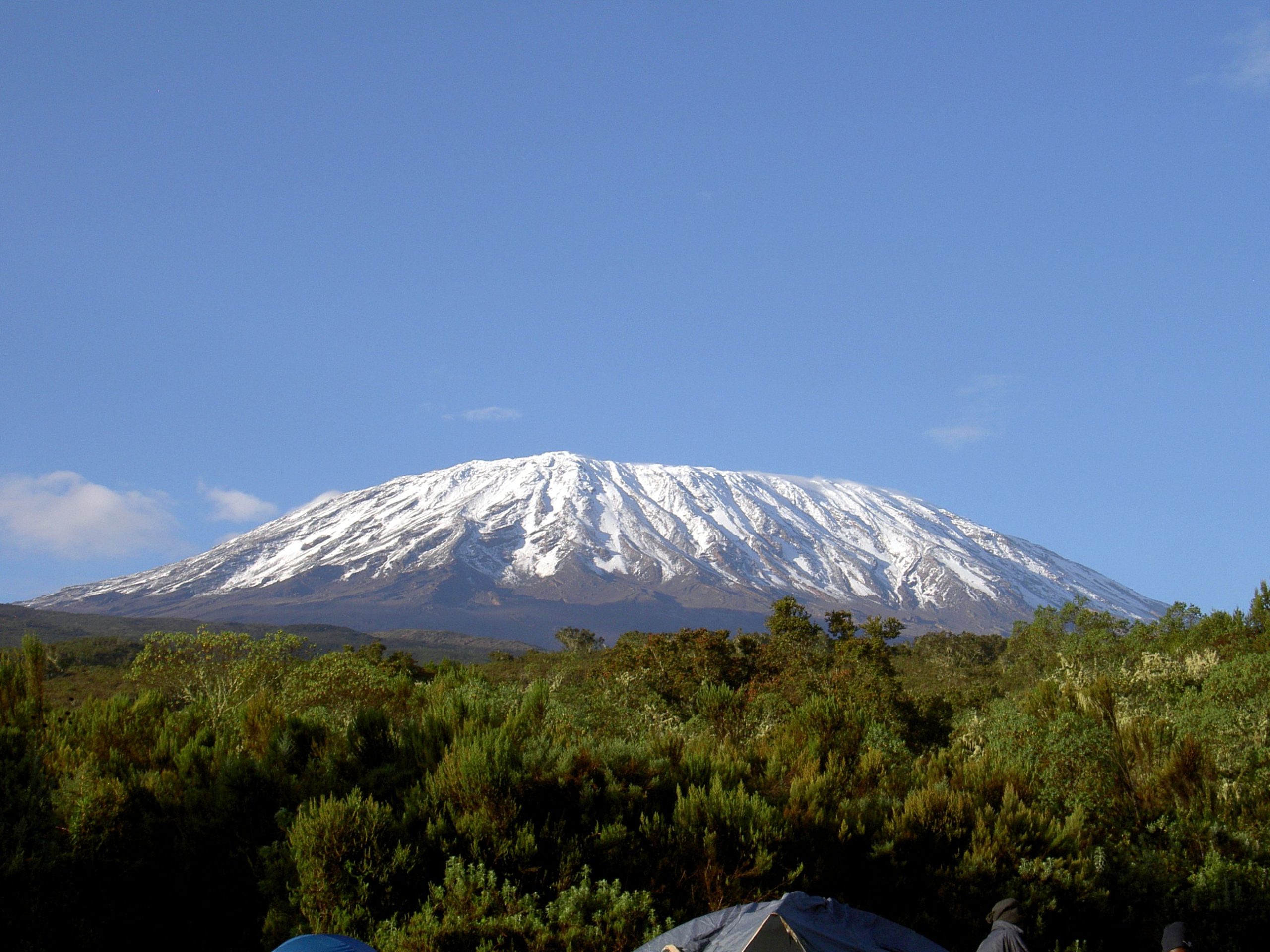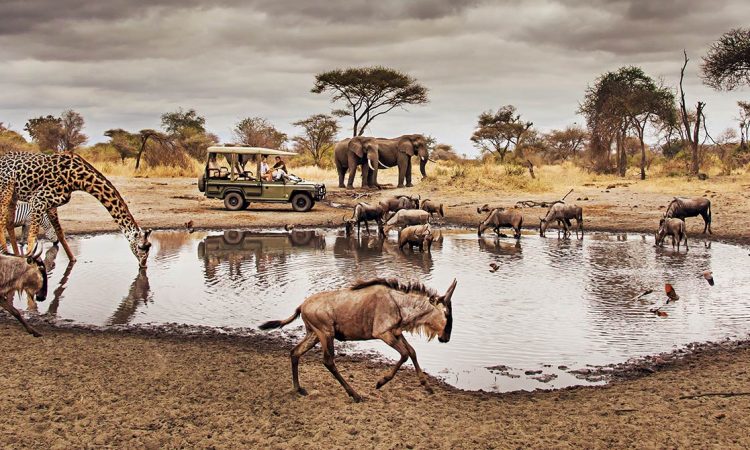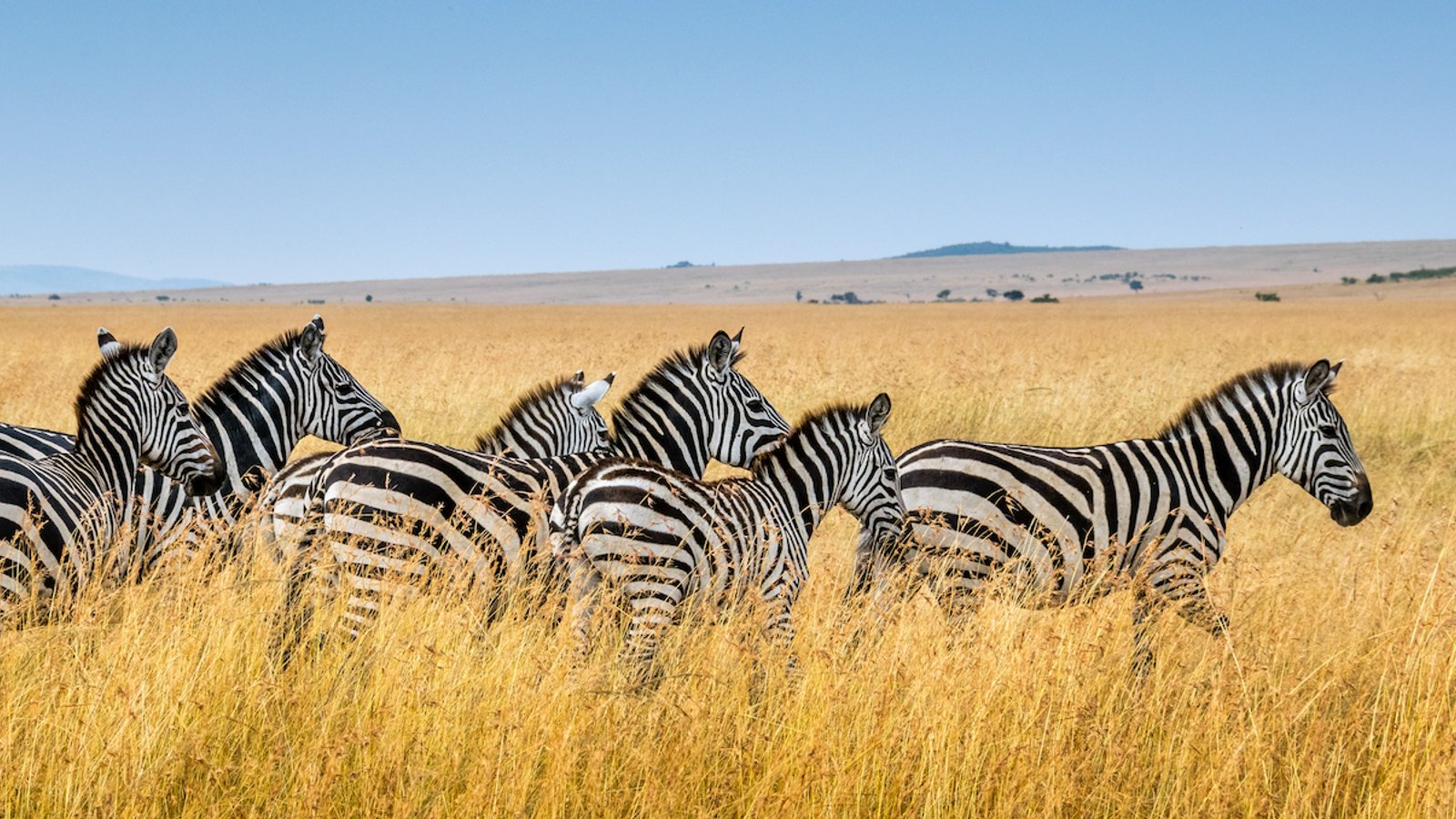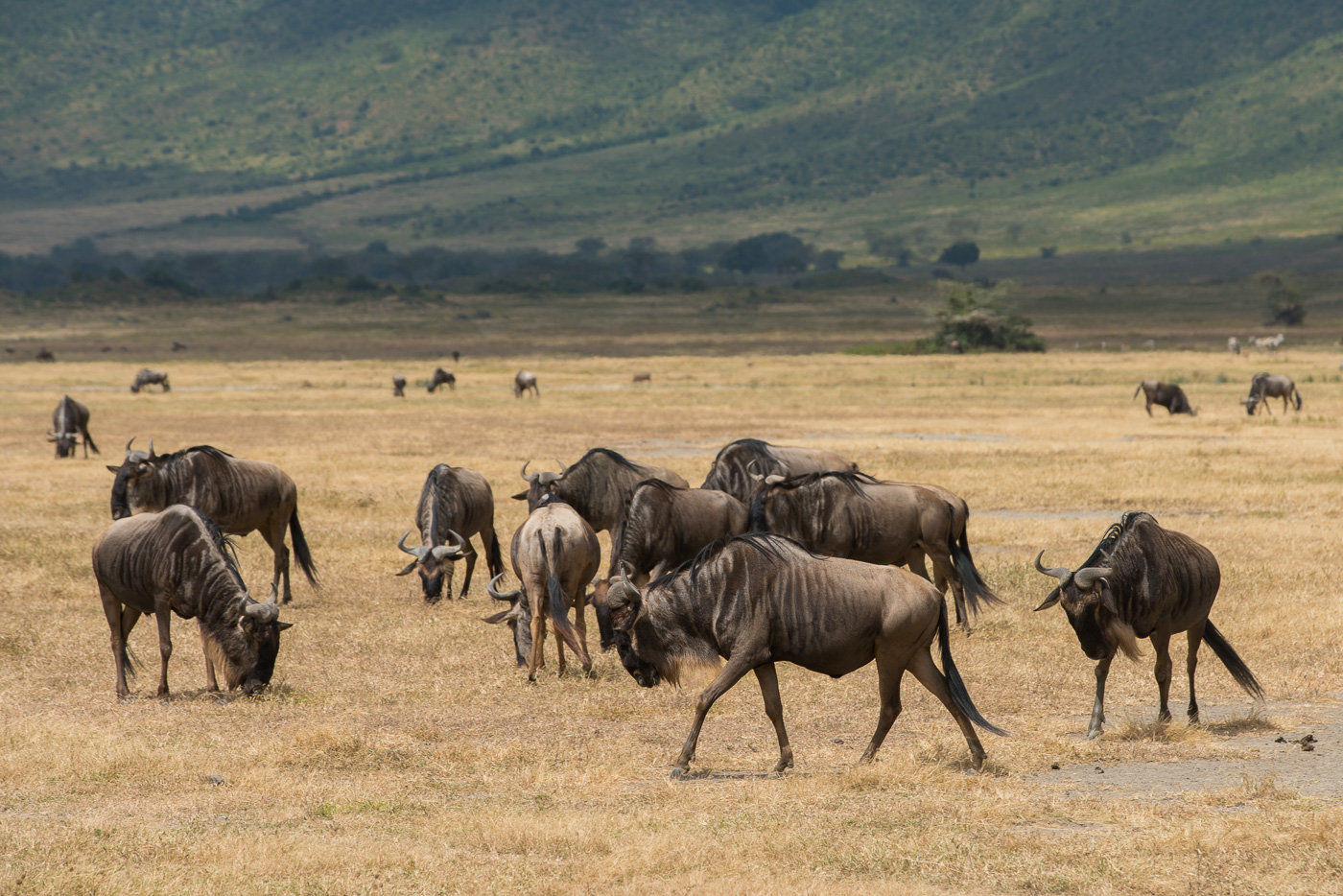Nestled within the sweeping savannahs of the Serengeti lies a vibrant tapestry of wildlife, where graceful antelopes roam amidst the iconic landscape. From the thundering herds of wildebeest to the elusive lesser kudu, each antelope species inhabits its own unique niche within this remarkable ecosystem. Join us on a journey through the Serengeti as we uncover the beauty and diversity of these captivating creatures. From the majestic eland to the nimble dik-dik, each antelope species contributes to the rich mosaic of life that defines Tanzania’s renowned wilderness.
Wildebeest:
The wildebeest, also known as gnus, are iconic inhabitants of the Serengeti. They form massive herds that undertake the dramatic Great Migration, a spectacle that draws visitors from around the world.

Eland:
The eland, Africa’s largest antelope, roams the Serengeti with its majestic presence. With its distinctive spiral horns and robust build, the eland is a sight to behold in the vast grasslands.
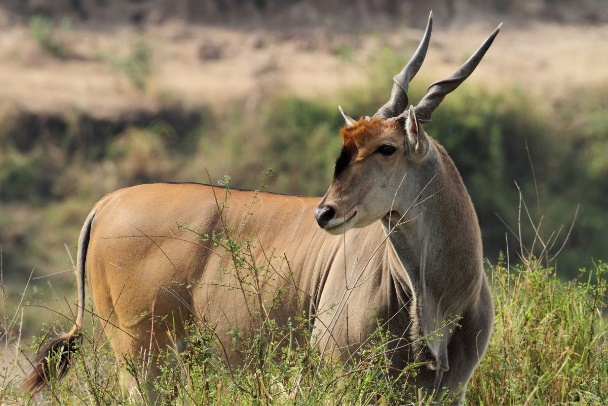
Lesser Kudu:
The lesser kudu, a shy and elusive antelope, can be found in the wooded areas of the Serengeti. Their striking spiral horns and subtle markings make them a sought-after sighting for wildlife enthusiasts.
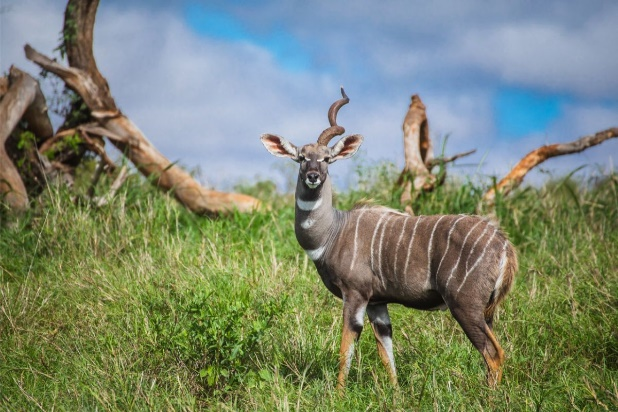
Bohor Reedbuck:
The bohor reedbuck, with its reddish-brown coat and distinctive white markings, is often seen near water sources in the Serengeti. Their preference for marshy habitats makes them a common sight around rivers and wetlands.
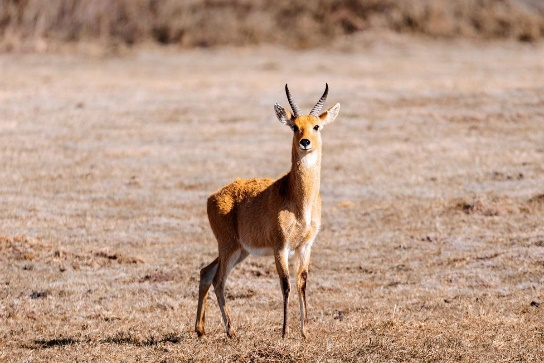
East African Oryx:
The East African oryx, also known as the beisa oryx, is well-adapted to the arid plains of the Serengeti. With its elegant horns and sandy-colored coat, the oryx cuts a striking figure against the savannah landscape.

Grant’s Gazelle:
Grant’s gazelle, with its graceful form and distinctive white rump, is one of the most abundant antelopes in the Serengeti. They are known for their impressive speed and agility, making them a common sight on the open plains.
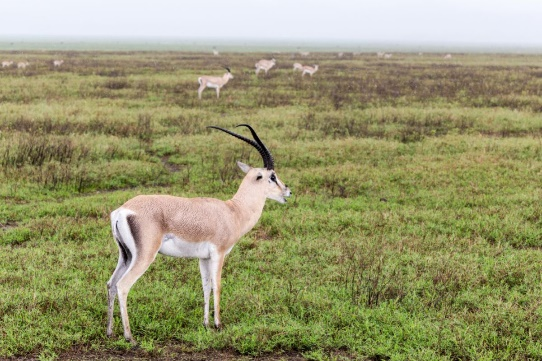
Thomson’s Gazelle:
Thomson’s gazelle, with its sleek profile and distinctive black stripe, is a familiar sight in the Serengeti. These small antelopes are renowned for their agility and speed, making them a favorite prey for predators.
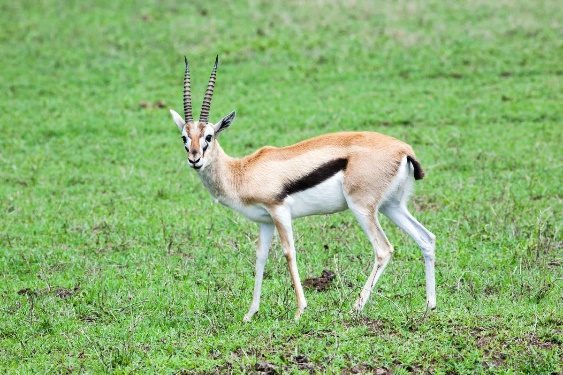
Waterbuck:
The waterbuck, with its shaggy coat and striking white ring on its rump, is often found near water sources in the Serengeti. Their oily coat helps repel water, making them well-suited to their aquatic habitats.
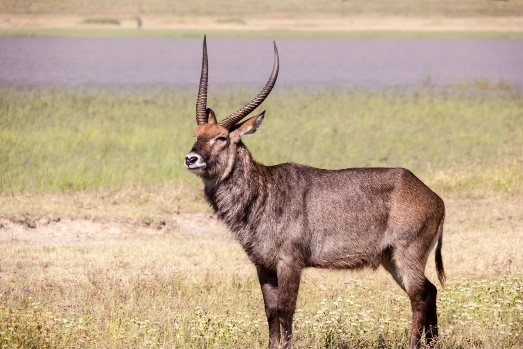
Hartebeests:
Hartebeests, with their elongated faces and distinctive horns, roam the plains of the Serengeti in small herds. Their curious appearance and swift running make them a captivating sight for safari-goers.
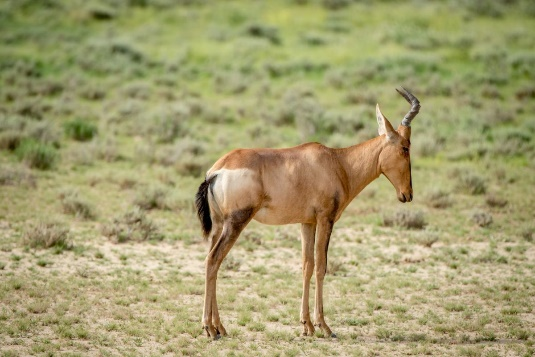
Klipspringers:
Klipspringers, nimble and sure-footed, inhabit rocky outcrops and kopjes in the Serengeti. Their ability to navigate steep terrain makes them well-suited to their rugged habitat.
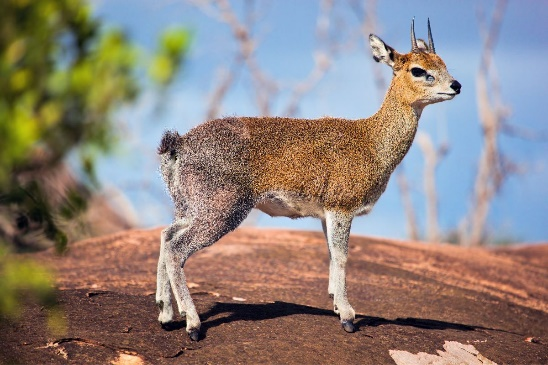
Bushbuck:
The bushbuck, with its reddish-brown coat and striking white spots, is often found in dense vegetation along rivers and streams in the Serengeti. Their secretive nature makes them a challenge to spot.
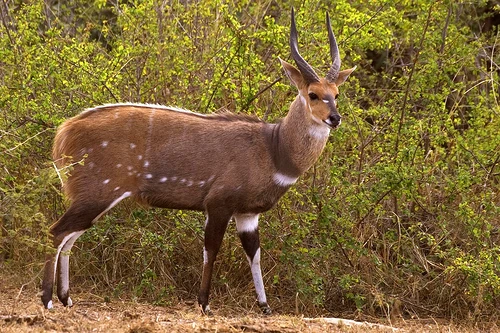
Impala:
Impalas, with their elegant form and distinctive markings, are among the most common antelopes in the Serengeti. Their leaping ability and alertness make them a key prey species for predators.
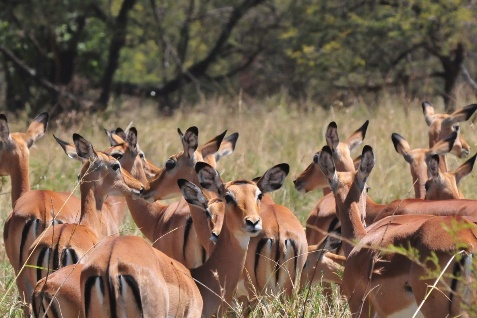
Oribi:
The oribi, with its small size and delicate features, is a shy antelope found in the grasslands of the Serengeti. Their secretive behavior and cryptic coloration make them a rare sighting for visitors.
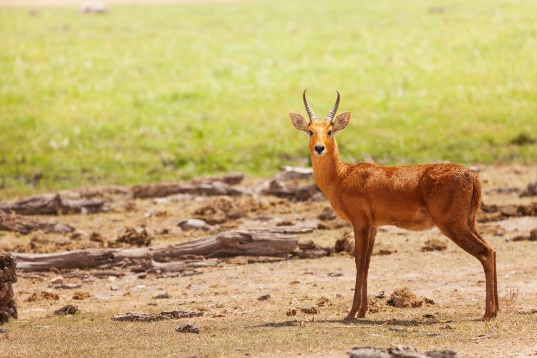
Steenboks:
Steenboks, with their petite size and distinctive upright horns, are often found in the shrublands and grasslands of the Serengeti. Their shy demeanor and elusive nature make them a rewarding sighting for keen-eyed observers.
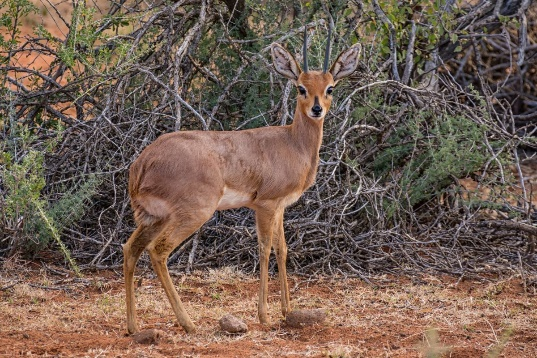
Dik-dik:
The dik-dik, one of the smallest antelopes in Africa, inhabits the dense bushlands of the Serengeti. Their diminutive size and cautious behavior make them a challenge to spot amidst the foliage.
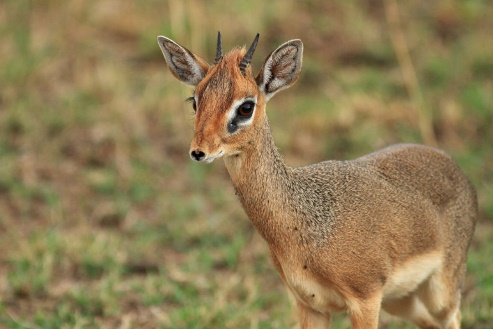
Topi:
Topis, with their robust build and distinctive horns, are commonly found in the grasslands and floodplains of the Serengeti. Their herding behavior and territorial displays add to the vibrant tapestry of wildlife in the region.
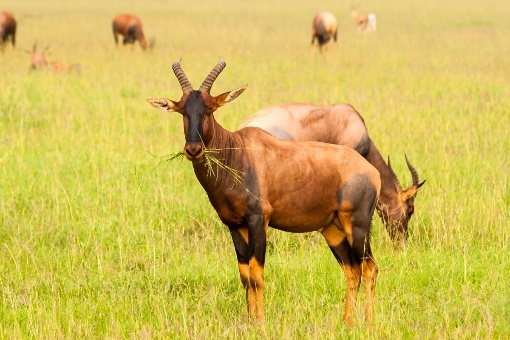
Gerenuk:
Gerenuks, with their elongated necks and slender legs, are adapted to browsing on high branches and shrubs in the Serengeti. Their unique feeding behavior and graceful appearance make them a captivating sight for visitors.
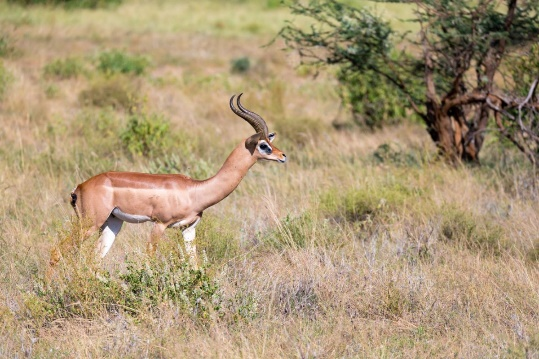
Each of these antelope species contributes to the rich tapestry of wildlife that makes the Serengeti such a remarkable destination for safari enthusiasts. Witnessing these magnificent creatures in their natural habitat is an experience that leaves a lasting impression on all who are fortunate enough to roam the plains of Tanzania.
